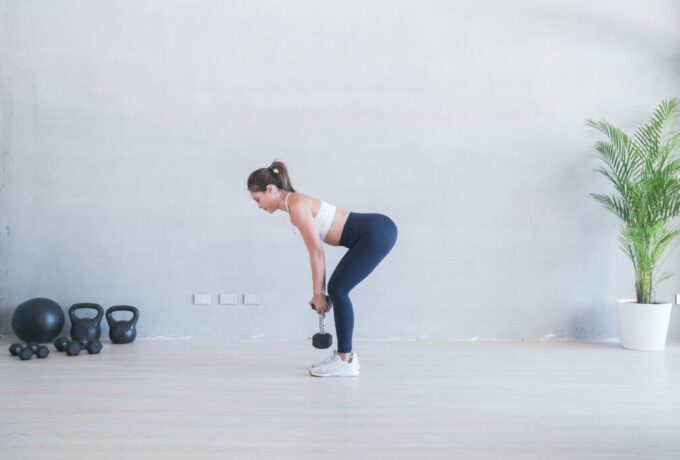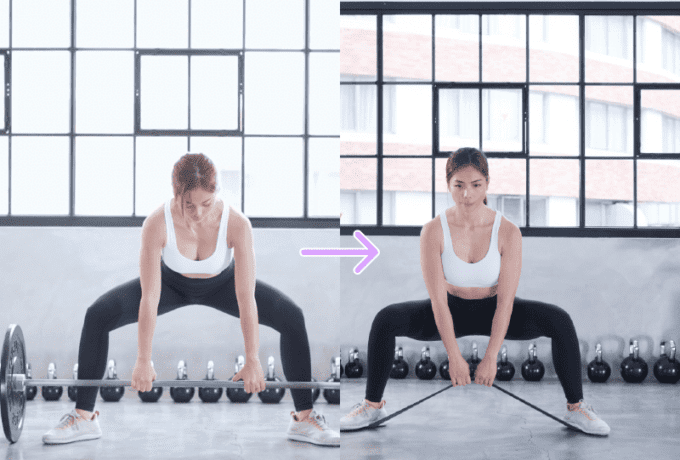Understanding your resistance training level and designing a fitness program that meets your needs is key to achieving progress.
First, let’s determine if you’re a beginner or an advanced user.
If you’ve been following a structured program of 2-3 exercises per week for over 6 months and have seen a significant increase in your muscle strength and endurance, congratulations! You are no longer a beginner. However, if you’re just starting out, here are some suggestions:
- Beginners should schedule 2-3 workouts per week on different days, with at least 1-3 days between each workout. As beginners are still getting used to unfamiliar training elements, soreness may be more apparent than in experienced trainers. Muscle soreness from “muscle damage” may last for 2-3 days, which is also known as “delayed onset muscle soreness (DOMS)”. If you wish to exercise during these 2-3 days, choose lower intensity exercises or train other muscle groups instead.
- It is recommended to train the whole body and strengthen core stability at the start. Beginners should include lower body, upper body, and core trunk movements in their training routine, therefore, a cycle training program is a good starting point. The goal is to increase overall muscle strength, muscle coordination, and core stability to lay a solid foundation for compound weight training later on.
If you are an intermediate level trainer and your body is becoming accustomed to the intensity of your training, it is recommended that you increase your training frequency from 2-3 exercises per week to 4-5 exercises per week in order to continue to make progress and improve your physique.

For intermediate level training, 4-5 days per week can be split with 1-3 days in between each session. For example, you could train upper body on Monday and Thursday, lower body on Tuesday and Friday, with 1-2 rest days for each muscle group. However, if you are looking to target specific areas, such as developing your glutes or back muscles, it is recommended that you train three times a week. For example, if you are working on your glutes, your schedule might look like this: Monday – legs + chest, Tuesday – back muscles, Wednesday – legs + shoulders and hands, Thursday – rest, Friday – legs + chest, Saturday – back + core.
When it comes to the order of movements, it is recommended that you begin with multi-joint, large muscle group compound movements, such as squats, heavy lifts, shoulder presses, chest presses, and pull-ups. Then, move on to single-joint, small muscle group-based movements, such as three-headed pulldowns or two-headed bent-over lifts. The reason for this is that the most energy is consumed during multi-joint exercises. If you do other movements first, you may not have enough energy left to effectively perform the main exercises. Therefore, it is recommended that you limit your warm-up to 5-10 minutes and begin with the most strenuous multi-joint exercises, followed by supplementary small muscle group training, core exercises, or 15-20 minutes of aerobic exercise.









